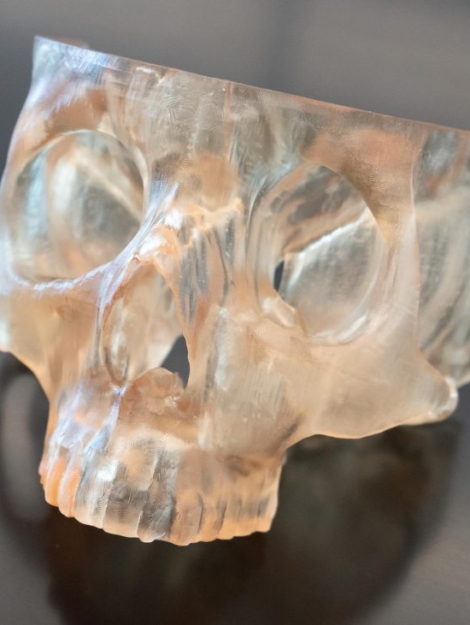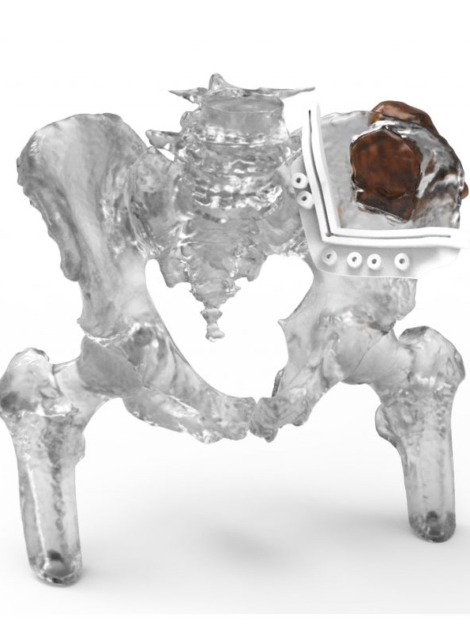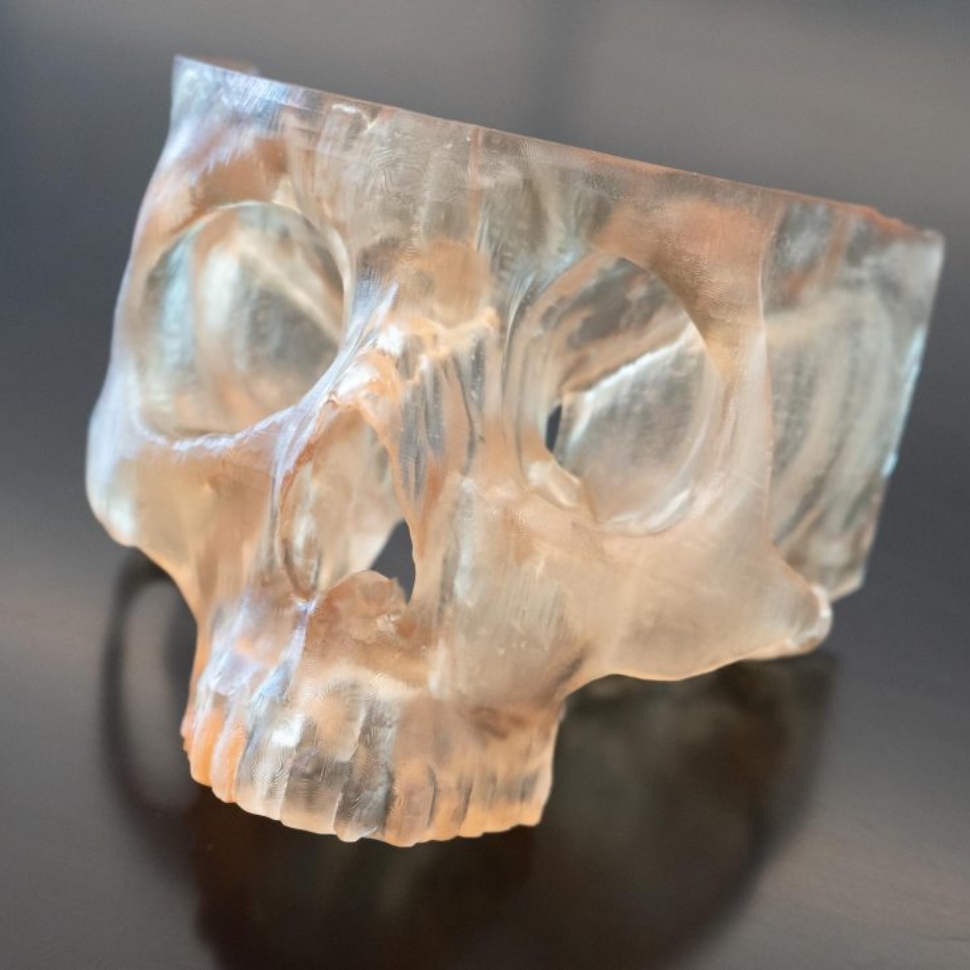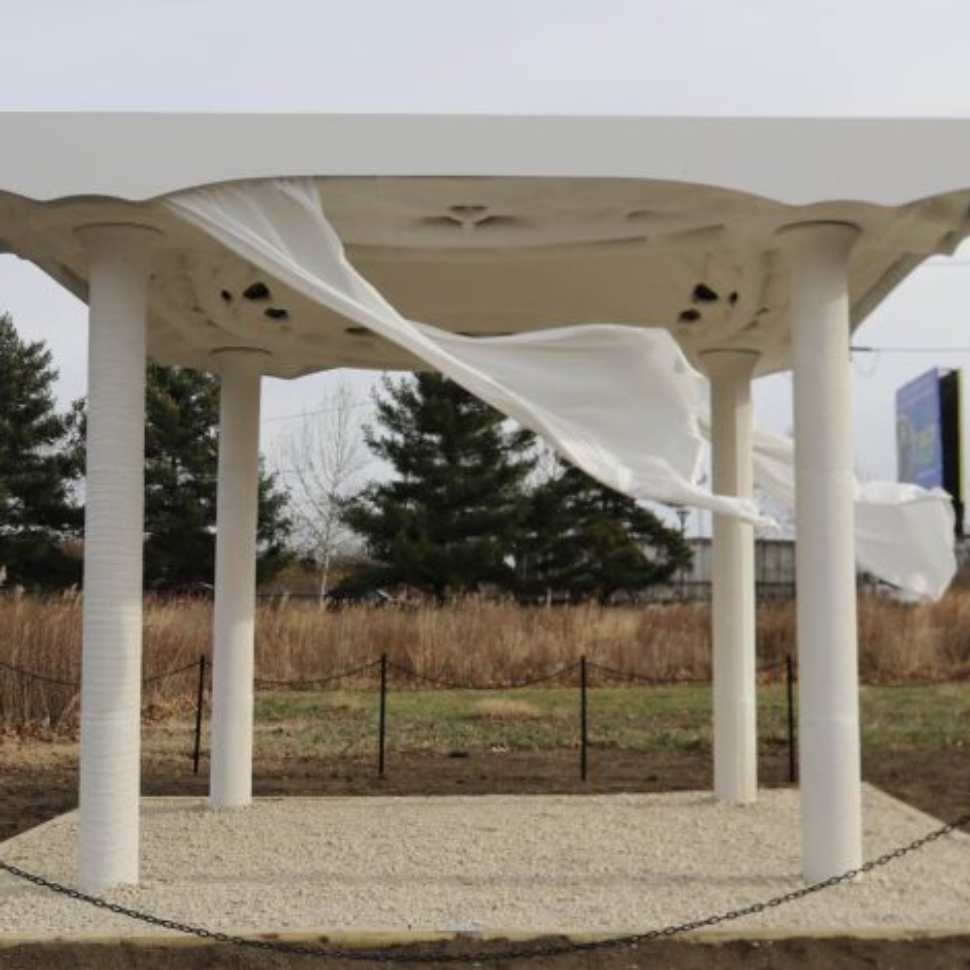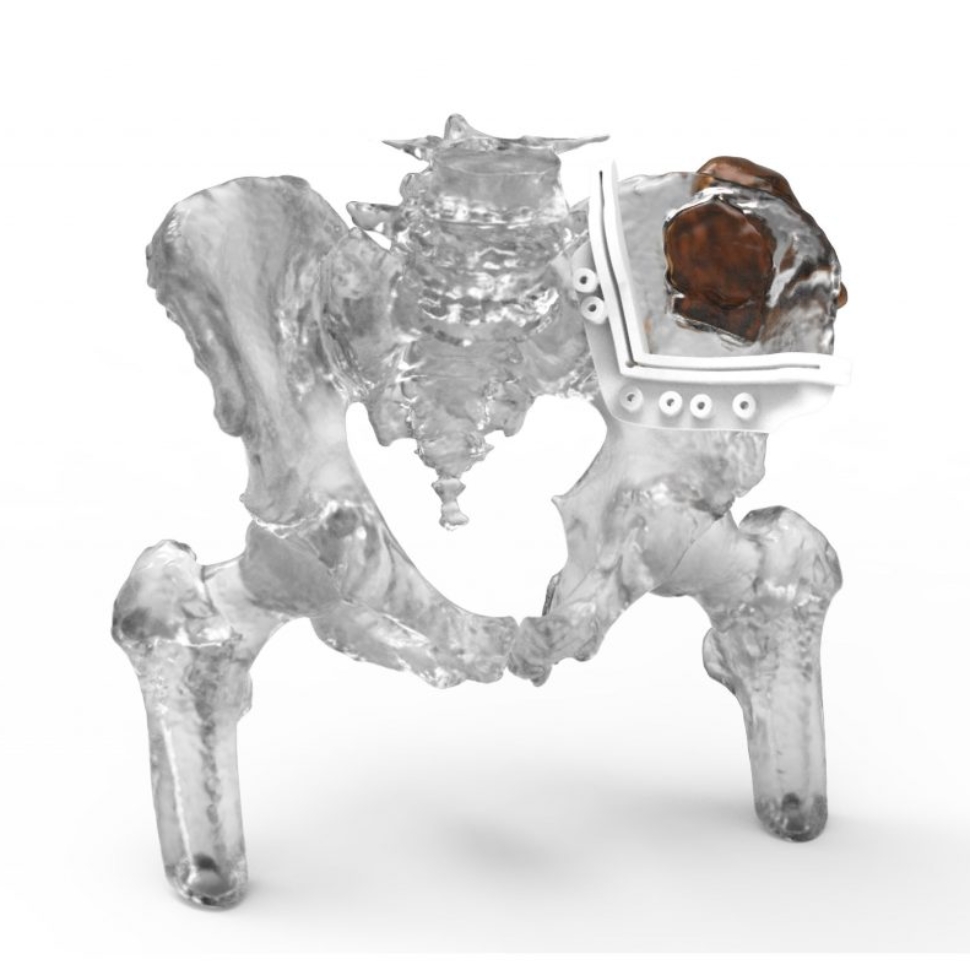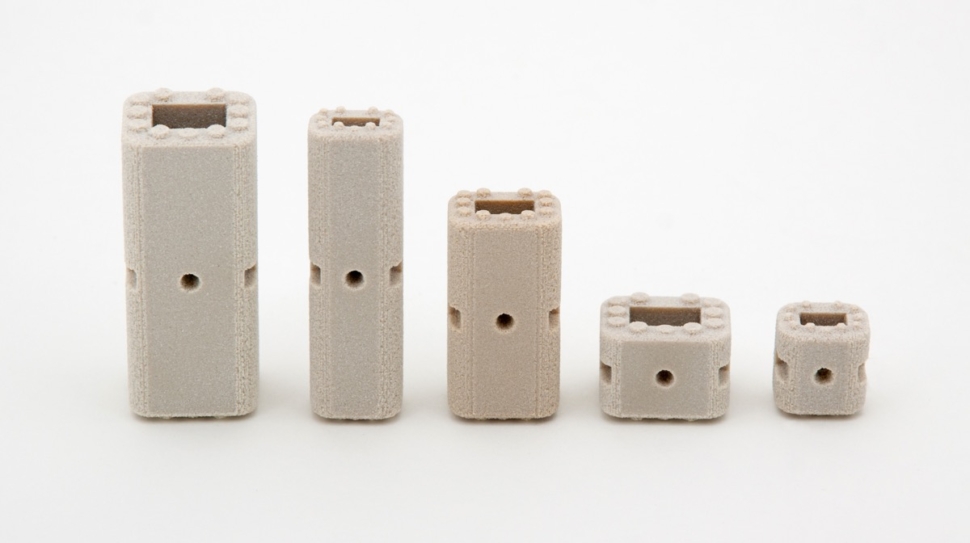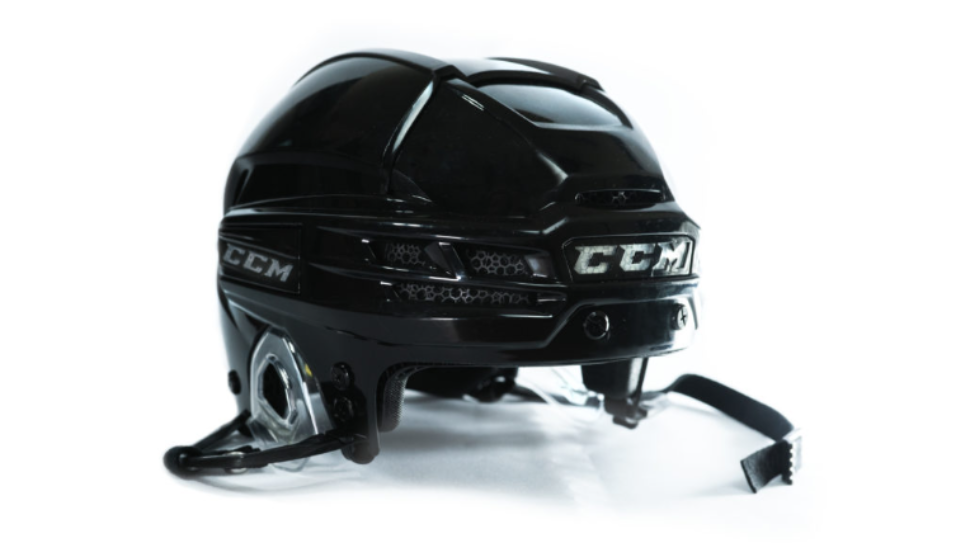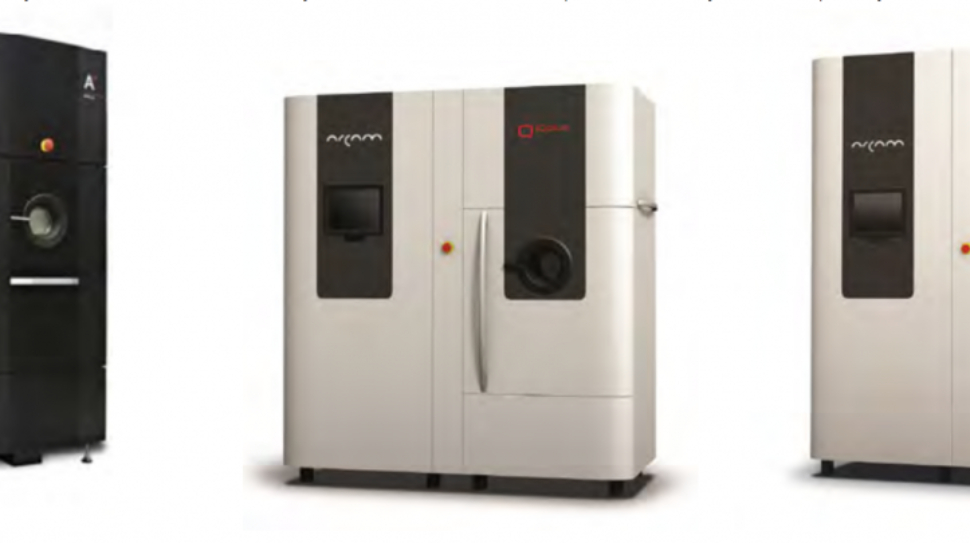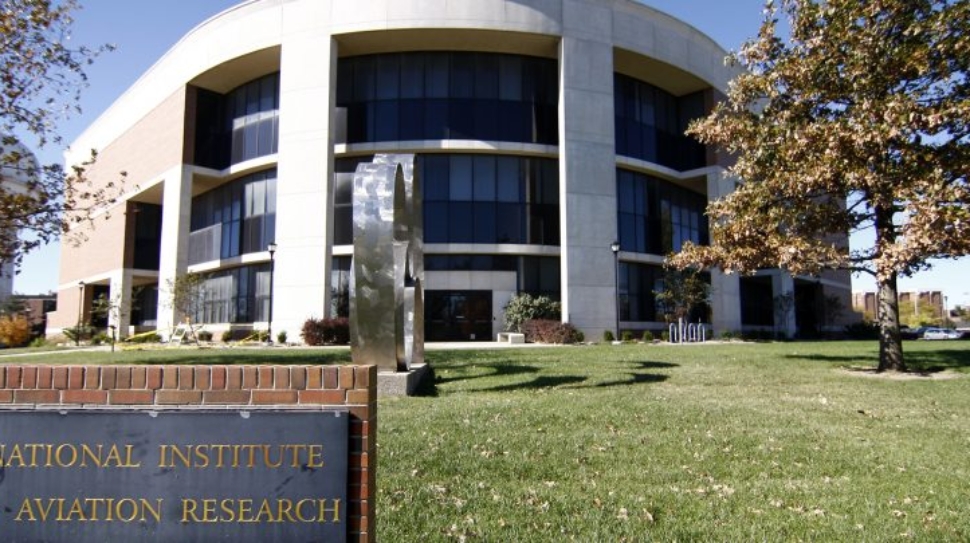Insights
Custom 3D printed models improve precision of oral cancer surgery
Custom 3D printed models tailored to individual patients are helping surgeons remove oral cancers with greater precision, according to new research from The Ohio State University Comprehensive Cancer Center – Arthur G. James Cancer Hospital and Richard J. Solove Research Institute (OSUCCC – James). In 92 percent of head and neck surgeries that used a 3D model during the operation, complete tumor removal was achieved, compared to 74 percent of surgeries performed without one. Researchers report that this approach allows for more accurate excision of malignant tissue while preserving healthy structures, potentially reducing the need for follow-up treatment.
News
Follow us on Social Media
Popular Posts
Category
We realize your creation
FacFox provides one-stop solution with comprehensive on-demand manufacturing capabilities and data-driven analysing technologies, see our available service, feel free to reach us to realize your creation!
3D Printing
Plastic 3D Printing is one of the fastest and most cost-efficient methods for iterative design, prototyping, and customizable products.
CNC Machining
Accurate CNC milling and turning processes with low-cost and fast turnaround time to deliver high quality, on-demand parts.
Injection Molding
Produces end products in various quantity(500 to 100,000+) and low unit cost with Plastic Injection and Metal Injection
Urethane Casting
Produces end-use, rigid or flexible plastic parts with high durability, fast lead times, and production-level quality.
Metal 3D Printing
Ideal for metal parts with very complex geometries or customizable features. Industrial grade printers and multi-functional materials.
Sheet Fabrication
Metal bending, punching, laser cutting, stamping and plastic thermal forming, ranging from prototyping to mass production.
Metal Casting
Produce small batched parts with investment casting and mass production with die casting or forging.
3D Scanning
We provide a variety of 3D laser scanning solutions to suit virtually any type of object from tiny to large.
Most Viewed
Oxford Performance Materials Closes $10M Second Round Investment from Hexcel Money & Funding
Oxford Performance Materials, Inc. (OPM), a leader in advanced materials science and high performance additive manufacturing (HPAM), today announced that it has closed on an additional round of strategic investment from Hexcel Corporation. In May 2016, OPM and Hexcel announced an initial strategic investment from Hexcel of $15 million. The second round of investment from Hexcel is $10 million, for a total equity investment of $25 million to date.
Easy or detailed: 3D print your own Crew Dragon replica Consumer Products
Are you space and 3D printing enthusiast? Or a STEM educator, or an engineer with some free time, or an Elon Musk fan? Either way, you may want to 3D print your own replica of the Crew Dragon space capsule, the one that SpaceX successfully launched into orbit, with two humans abroad, making history just a few weeks ago. If so, two studios that specialize in 3D printable designs have something for you: a Crew Dragon replica.
Auto-Fit Software Will Tailor 3D Printed Helmet Liners to Hockey Players
Last fall, Canadian hockey equipment designer, manufacturer, and marketer CCM introduced its ‘SuperTacks X with Nest Tech’ helmet, which features a 3D printed interior made with Carbon’s DLS technolog ...
Heidelberg Instruments acquires Multiphoton Optics Decision Makers
Multiphoton Optics GmbH has become a wholly-owned subsidiary of Heidelberg Instruments Mikrotechnik GmbH. The pooling of development capabilities and technologies for producing microstructures further underscores the global importance of research, development and production of direct-writing laser systems “Made in Germany”. The merger also extends the company’s market position in the micro-optics sector.
CEO Magnus René: “Arcam is Healthy, EBM Patents Far from Maturing”. Next Gen Systems in the Works? AM Industry
In a recent article I wondered whether CEO Magnus René’s decision to leave the company was the result of the company’s failure to introduce high profile new products over the last year or other conflicts arising following the acquisition by GE. Mr. René kindly agreed to discuss these issues clarifying that business has never been better at the company and that he chose to leave only because he felt his cycle was complete, after bringing Arcam from a startup to a major global player.
MB Therapeutics €2 Million Seed Funding to Support Personalized Medicine Production
MB Therapeutics, a Montpellier-based startup with over 8 years of expertise in pharmaceutical 3D printing, has secured €2 million in seed funding to develop the first pharmaceutical facility designed to provide 3D printing compatible solutions for pharmacies. This facility will help pharmacies produce personalized medicines on-site, improving precision and meeting the growing demand for individualized treatments. The funding will also enable the launch of three high-demand medicines and prepare the company for a Series A funding round in 2026.
Hauke Scheer 3D Printed Articulated Action Figures that Can Bend and Pose
3D printed figurines are fun to make, but in most cases, they don't do much - they just stand upright or sit there rigidly. Of course, unless they were made by Hauke Scheer, a designer who admired ...
America Makes announces aerospace-focused satellite center at Wichita State University Research & Education
America Makes is preparing to open its third Satellite Center, which will be based at Wichita State University’s (WSU) National Institute for Aviation Research (NIAR) in Kansas. An MoU was recently signed by America Makes and WSU-NIAR, through which the new center was agreed upon.

